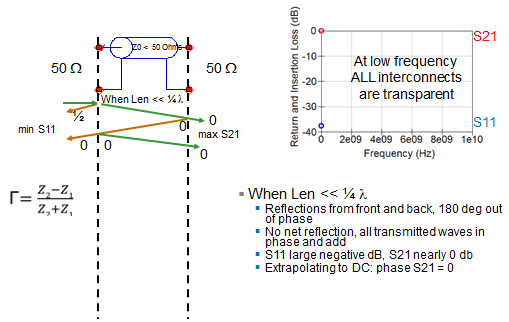 |
| Figure 1: A 2-pole, 1-MHz Butterworth low-pass filter applied to an acquired waveform |
You need to test, we're here to help.
You need to test, we're here to help.
30 December 2014
Filtering Signals with MATLAB
17 December 2014
What S-parameters Reveal About Interconnects (Part III)
 |
| Figure 1: How ripple is introduced into S11 and S21 |
09 December 2014
What S-parameters Reveal About Interconnects (Part II)
 |
| Figure 1: Measuring S-parameters of a two-port interconnect |
03 December 2014
What S-Parameters Reveal About Interconnects
 |
| Figure 1: S-parameters are derived by applying an incident wave to an interconnect; we can consider this process in either the time or frequency domains |
Subscribe to:
Posts (Atom)